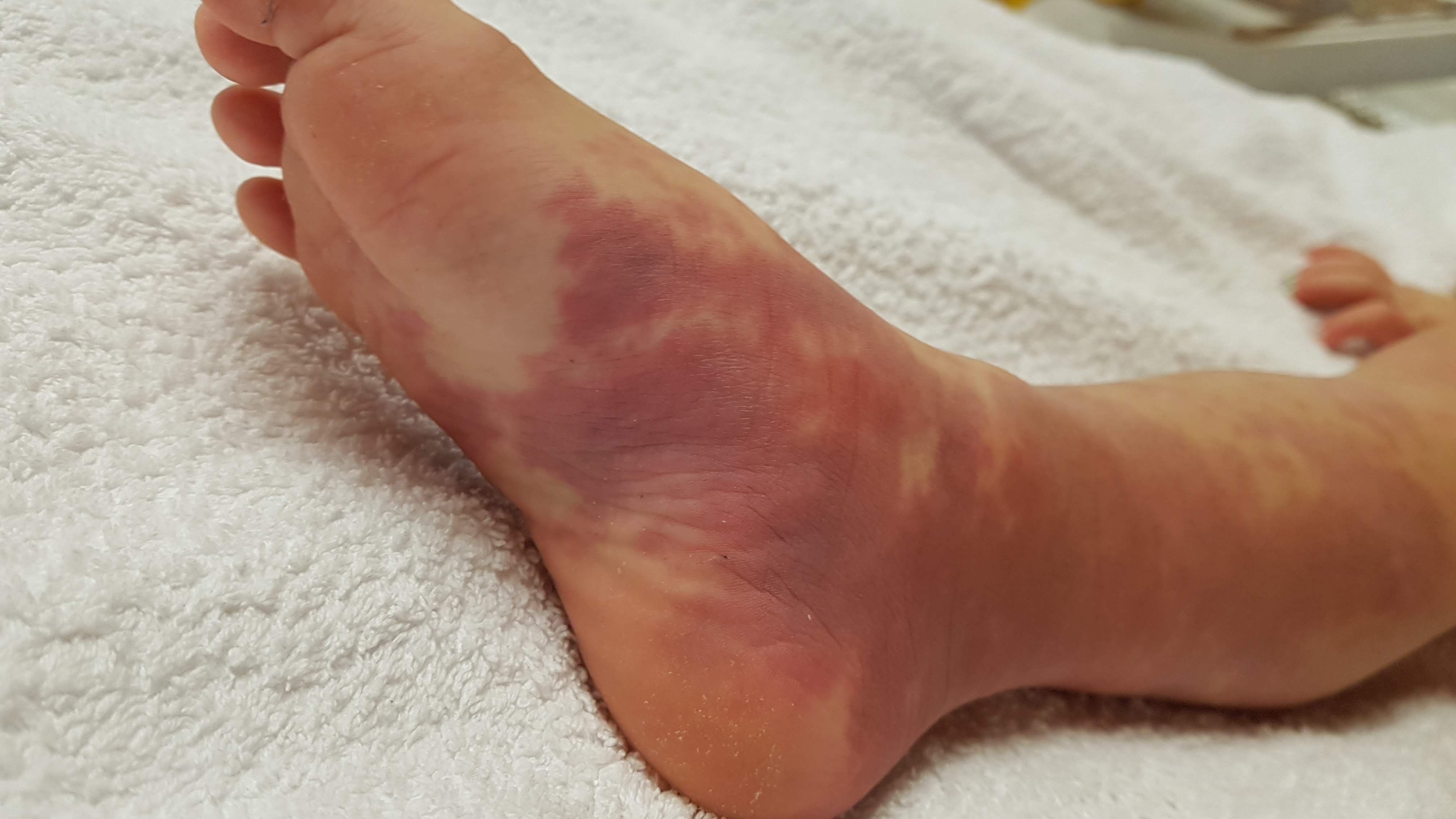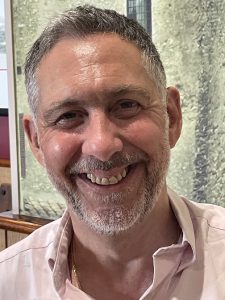
Birthmarks are an inherent source of stigma and discrimination in everyday life. People with birthmarks experience social anxiety and discomfort when interacting with strangers, as they worry about people’s perceptions and their reactions. These feelings are often caused by the stigmatizing behaviours from others such as staring and teasing (1). People with birthmarks frequently are the subject of whispers, stares, and unsolicited advice (2). Due to such treatment, low self-worth, and the impression of being different and unattractive are very common. Birthmarks can have a large impact on self-confidence, body image and emotional well-being. They can lead to a lack of motivation and aspirations in various areas of life such as work, education, or personal relationships (3). People with birthmarks tend to use mark-hiding techniques such as make-up or seek treatment to alter their appearance and feel more accepted in the society (4).
The negative experiences of possessing a birthmark begin early on. Studies have shown that teasing and bullying in childhood is very common and it can lead to different ways of coping in social context – people with birthmarks frequently use humour and sarcasm, or avoidance and withdrawal to mask and attempt to cope with how they feel (4). It used to be common practice in some countries to advise children with birthmarks to hide them with clothes or make-up. Such actions perpetuated the idea that there was something undesirable about the marks and lead to inherent psychological distress and anxiety (5).
It is not just the individual who is affected by the stigma of living with a birthmark. Their family carries the burden as well. Parents of children born with birthmarks experience feelings of sadness and guilt and often blame themselves for the mark (2).
A study commissioned by the Vascular Birthmark Foundation (6) asked the parents of children with birthmarks to recall any meaningful comments related to the birthmark. It had shown that the vast majority of comments parents receive are negative and very often come from complete strangers. Many people are not aware of birthmarks and their various appearances, and this repeatedly leads to hurtful comments and questions. Some strangers assume that the child is being abused or neglected; some express their surprise and disgust at the sight, labeling the child as abnormal and undesirable. Such terrible comments cause immense distress to the parents and place a large burden on their emotional well-being.
Parents do not only receive unsolicited comments that come from strangers in public places – the study has shown that these can also come from healthcare professionals such as GPs or nurses. While healthcare professionals generally show awareness of the condition thanks to their medical training, they often assume that the birthmark is a defect that is going to impair the person’s life and that ideally should be treated and removed, even if the patient may find otherwise.
Due to such experiences, raising a child with a birthmark tends to be very anxiety-inducing. Research has shown that the majority of parents overestimate the size of their child’s birthmark and worry about them being teased at school (7). Many parents are concerned about their child’s ability to live a ‘normal’ life and how they might be affected by the inevitable reactions of others (8).
Healthcare professionals play a significant role in the experiences of those living with a birthmark. GPs are usually the first point of information about the condition. A lot of the times the patient or their family book appointments to not only seek guidance but also receive reassurance (7). Healthcare professionals should be able to provide advice not only on the physical aspects of the condition, but also on the coping strategies on living with a birthmark or raising a child with one, such as always showing unconditional love to their child. They should never presume the patient or their family is seeking treatment for the mark as such notion only perpetuates the stigma surrounding birthmarks (6).
A recent study investigated the attitudes of the public towards people with visible differences, including birthmarks. They found that the hurtful behaviours, such as staring, or whispers may originate from the uncertainty on how to act rather than from negative perceptions (9). Such a conclusion highlights the need for public education and exposure to people with differences to reduce the stigmatization. This includes the healthcare professionals who should receive training not only on the physiology of various birthmarks but also on how to react to them, and able to provide advice on patient experiences and the resources available such as counselling services and patient advocacy groups.
There is a variety of resources available to people with birthmarks. The recommended approaches to improve emotional well-being are cognitive behavioural therapy (CBT) and social skills training (10). CBT helps to identify and challenge negative thoughts and provides tools to cope with negative experiences. It is generally available as a self-referral online course making it relatively accessible, however, such option may not suit all patients. In-person treatments are unfortunately not as easy to obtain. Depending on the country, patients may need to pay for treatment, or be submitted to months-long waitlists. In the UK, waiting lists for counseling services have been reported to last up to 18 weeks (11).
Patient advocacy groups provide useful information on the condition itself, statistics, and treatment options, as well as referral forms, articles on the experiences of others, forums, and other resources to help patients and families understand and manage their birthmarks. Even simply educating oneself about a condition can be very empowering and ease the anxiety of the unknown.
In Engeland: Birthmark Support Group en Changing Faces are some organizations that provide excellent resources to patients with birthmarks.
Certainly, as an organization, we have a substantial amount of information available regarding the psychological and psychosocial aspects of living with a birthmark. Additionally, we organize multiple events throughout the year to connect with individuals living with birthmarks and their families.
Authors
Anthony Bewley, Consultant Dermatologist and Hon Professor of Dermatology, Barts Health NHS Trust and Queen Mary University, London
Katarzyna Stefanska, Medical Student, Edinburgh University Medical School






